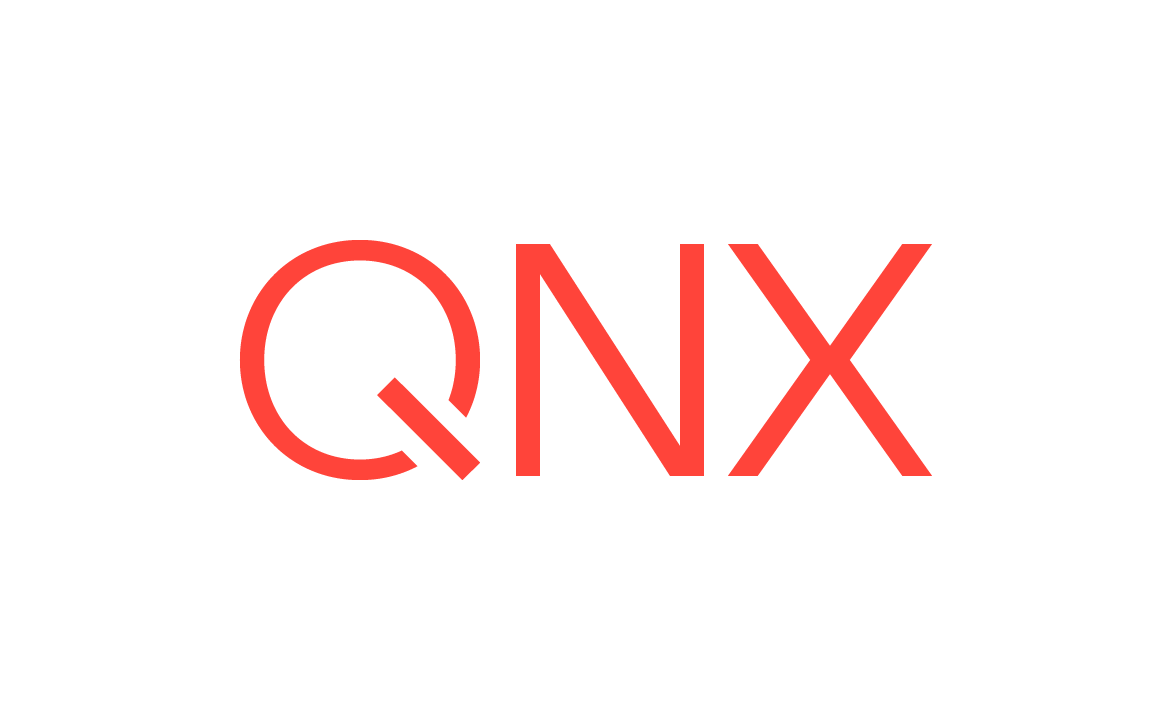QNX OS compared with Unix
If you're familiar with Unix-style operating systems, you'll feel right at
home with QNX OS—many people even pronounce
QNX
to rhyme with Unix
(some spell it out: Q-N-X).
At the heart of the system is the microkernel, procnto, surrounded by other processes and the familiar Korn shell, ksh (see the Using the Command Line chapter). Each process has its own process ID, or pid, and contains one or more threads.
QNX OS is a multiuser OS; it supports any number of users at a time. The users are organized into groups that share similar permissions on files and directories. For more information, see Managing User Accounts.
The OS follows various industry standards, including POSIX (shell and utilities) and TCP/IP. This can make porting existing code and scripts to QNX OS easier.
QNX OS's command line looks just like the Unix one; the OS supports many familiar utilities (grep, find, ls, gawk) and you can connect them with pipes, redirect the input and output, examine return codes, and so on. Many utilities are the same in Unix and QNX OS, but some have a different name or syntax in QNX OS:
| Unix | QNX OS | See also: |
|---|---|---|
| adduser | passwd | Managing User Accounts |
| at | cron | |
| dmesg | slogger2, slog2info | |
| fsck | chkqnx6fs, chkdosfs | |
| ifconfig eth0 | ifconfig em0 | TCP/IP Networking |
| man | use | Using the Command Line |
| pg | less, more | Using the Command Line |
For details on each command, see the QNX OS Utilities Reference.
